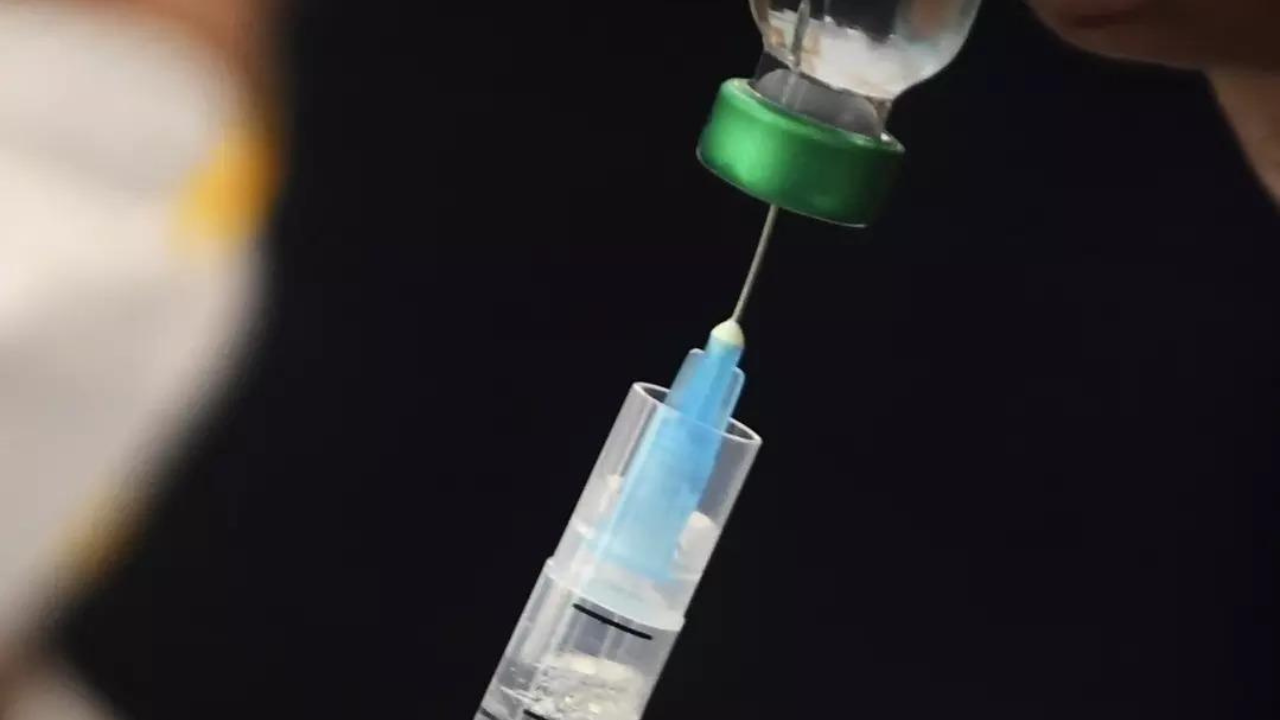WASHINGTON: A vaccine developed by Duke Human Vaccine Institute researchers that protects against three distinct fatal coronaviruses has shown success in animal studies, indicating the potential for pan-coronavirus immunisation.
The single nanoparticle vaccination comprised components from a prior vaccine that was found to protect mice and primates against different types of SARS-CoV-2, the virus that causes Covid-19. In this study, the vaccination protected mice from SARS-CoV-1, another kind of SARS coronavirus that may infect humans, as well as MERS coronavirus, which has caused devastating outbreaks around the world on a regular basis.
“We are making important progress toward a broadly protective coronavirus vaccine,” said senior author Kevin O. Saunders, PhD, associate director of the Duke Human Vaccine Institute. “These are pathogens that cause or have the potential to cause significant human infections and loss of life, and a single vaccine that provides protection could slow down or even prevent another pandemic.”
Saunders and colleagues built the tri-valent vaccine using a nanoparticle loaded with a key fragment called a receptor binding domain from each of the coronaviruses. The fragment – a docking site on the virus that enables it to infiltrate the body’s cells – provides enough information for immune cells to build an effective response against actual coronaviruses that enter the body.
In earlier studies in mice and primates, the researchers demonstrated that an earlier iteration of the nanoparticle vaccine was effective against multiple SARS-CoV-2 variants. Human tests are planned next year for a version that carries immunogens to different SARS-CoV-2 strains, including those that have dominated since the original outbreak in late 2019.
The current work expands the components of the vaccine to include an additional SARS-related virus and MERS virus. In lab studies, as well as in mice, the researchers found that the vaccine candidate generated inhibitory immune molecules called antibodies against all three pathogenic human coronavirus types.
Importantly, vaccinated mice did not grow sick when challenged with either SARS-like or MERS-like viruses.
“This study demonstrates proof-of-concept that a single vaccine that protects against both MERS and SARS viruses is an achievable goal,” Saunders said. “Given that one MERS and two SARS viruses have infected humans in the last two decades, the development of universal coronavirus vaccines is a global health priority.”
The single nanoparticle vaccination comprised components from a prior vaccine that was found to protect mice and primates against different types of SARS-CoV-2, the virus that causes Covid-19. In this study, the vaccination protected mice from SARS-CoV-1, another kind of SARS coronavirus that may infect humans, as well as MERS coronavirus, which has caused devastating outbreaks around the world on a regular basis.
“We are making important progress toward a broadly protective coronavirus vaccine,” said senior author Kevin O. Saunders, PhD, associate director of the Duke Human Vaccine Institute. “These are pathogens that cause or have the potential to cause significant human infections and loss of life, and a single vaccine that provides protection could slow down or even prevent another pandemic.”
Saunders and colleagues built the tri-valent vaccine using a nanoparticle loaded with a key fragment called a receptor binding domain from each of the coronaviruses. The fragment – a docking site on the virus that enables it to infiltrate the body’s cells – provides enough information for immune cells to build an effective response against actual coronaviruses that enter the body.
In earlier studies in mice and primates, the researchers demonstrated that an earlier iteration of the nanoparticle vaccine was effective against multiple SARS-CoV-2 variants. Human tests are planned next year for a version that carries immunogens to different SARS-CoV-2 strains, including those that have dominated since the original outbreak in late 2019.
The current work expands the components of the vaccine to include an additional SARS-related virus and MERS virus. In lab studies, as well as in mice, the researchers found that the vaccine candidate generated inhibitory immune molecules called antibodies against all three pathogenic human coronavirus types.
Importantly, vaccinated mice did not grow sick when challenged with either SARS-like or MERS-like viruses.
“This study demonstrates proof-of-concept that a single vaccine that protects against both MERS and SARS viruses is an achievable goal,” Saunders said. “Given that one MERS and two SARS viruses have infected humans in the last two decades, the development of universal coronavirus vaccines is a global health priority.”
Denial of responsibility! Swift Telecast is an automatic aggregator of the all world’s media. In each content, the hyperlink to the primary source is specified. All trademarks belong to their rightful owners, all materials to their authors. If you are the owner of the content and do not want us to publish your materials, please contact us by email – swifttelecast.com. The content will be deleted within 24 hours.


